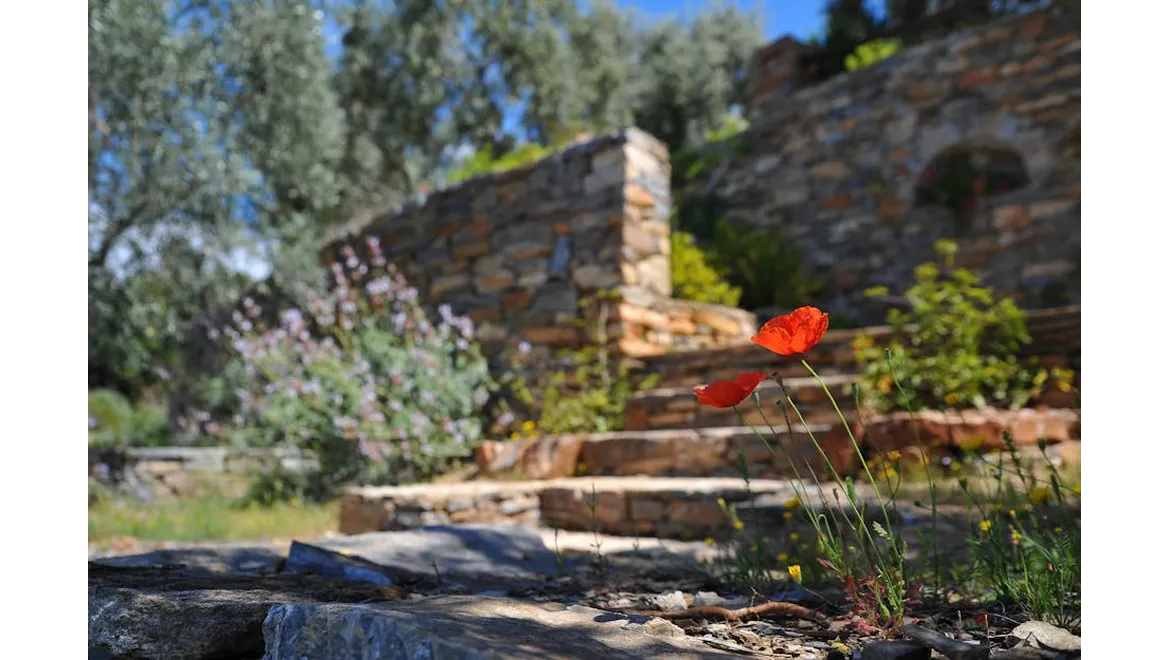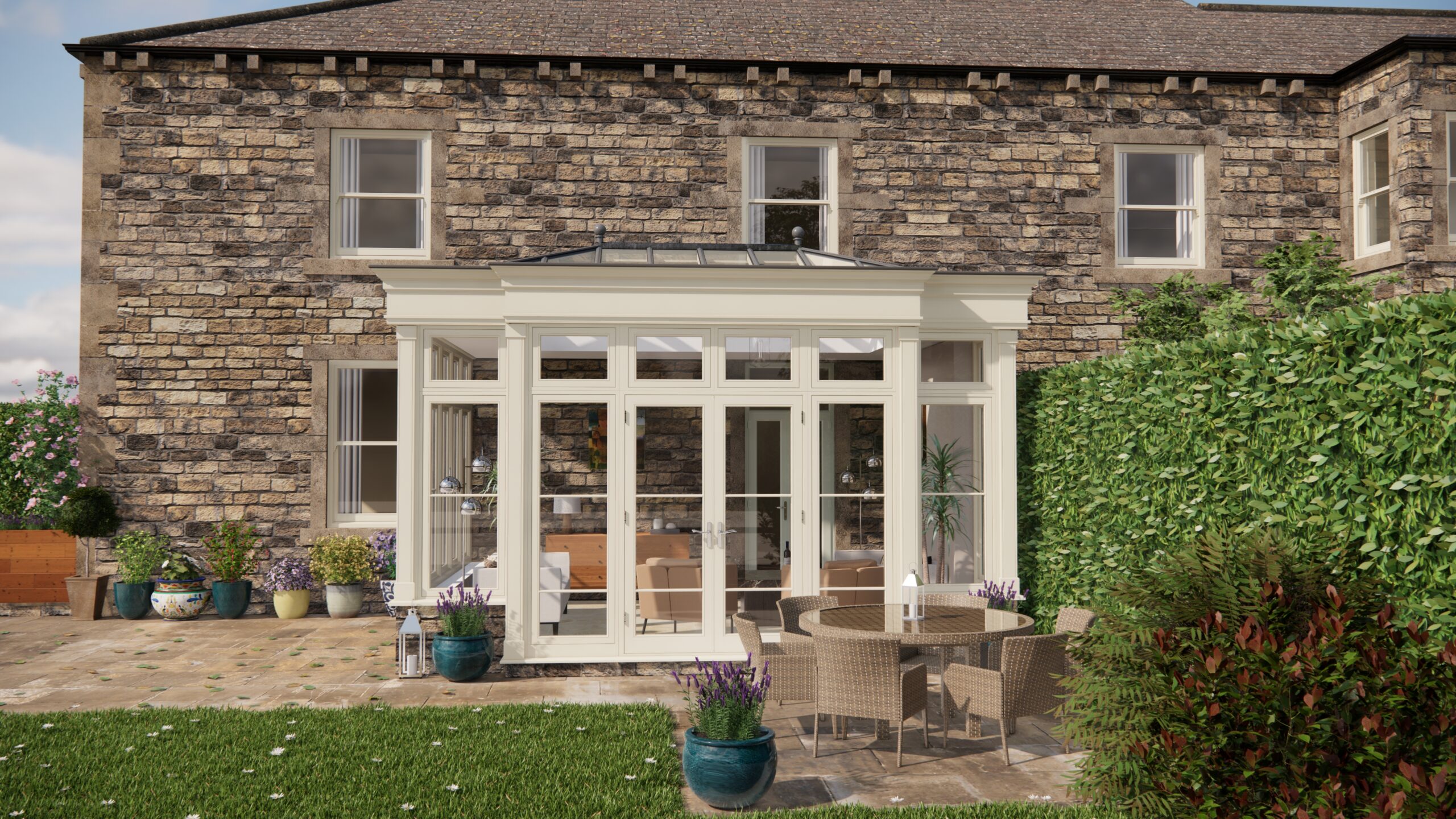Right, Eleanor, settle in! You know how we were chatting about finally getting the garden just right this year? Well, I’ve been doing some digging (pun intended!) and it all boils down to understanding your soil and garden conditions. I stumbled across this amazing article called ‘Decoding Your Soil’ – a real game-changer, honestly. It’s all about choosing the right plants, and it’s made such a difference.
So, first thing’s first: soil type. The article explained the main suspects in the UK: clay, sandy, chalky, loamy, and peat. We needed to figure out what we were working with. Remember last year, you were moaning about how that lavender just wouldn’t take? Probably the soil! The article gave some easy tests.
I followed these tests, the simplest involved grabbing a handful of moist soil, the article showed me a way to squeeze it. If it forms a ball that falls apart easily, you’ve probably got sandy soil. If it’s sticky and you can roll it into a long sausage shape, clay’s your culprit. Chalky soil tends to be stony and alkaline, loamy is that gorgeous dark, crumbly stuff every gardener dreams of, and peat is dark and spongy (though increasingly rare and we need to protect it!). Turns out we’ve mostly got clay, which explains why the garden holds water for so long!
Knowing your soil is just the beginning. The real gold, Eleanor, is matching plants to your soil. The article was brilliant on this. It gave lists of plants that positively thrive in each type. For clay, it recommended things like asters, rudbeckias, and even some fruit trees like crab apples. Apparently, these plants are tough enough to deal with the heavy, waterlogged conditions clay soil can bring. For sandy soil, it suggested lavender (of course!), rosemary, and other Mediterranean-type plants that enjoy well-drained conditions. Chalky soil loves things like buddleias and clematis, while loamy soil is pretty much a free-for-all – lucky you if you’ve got that!
The most crucial part for us, with our clay, was about soil amendment. Because let’s face it, just sticking any old plant in the ground is a recipe for disappointment. The article explained techniques to improve drainage and fertility. We talked about incorporating organic matter like compost and well-rotted manure. This helps to break up the clay, improve drainage, and add nutrients. Adding grit or sharp sand can also help with drainage, but it’s a long process! The article specifically said to avoid just adding sand without organic matter, as it can create a kind of concrete effect. No thanks!
Then there’s sunlight and shade. The article stressed understanding the light levels in different parts of your garden throughout the day. Which areas get full sun, which are in partial shade, and which are in full shade. It’s obvious, but thinking about this while you shop for plants is a game changer. For example, hostas love shade, while sunflowers are all about the sun. Simple, right? But I’ve definitely bought sun-loving plants for a shady spot before. The article also mentioned considering exposure to wind. Some plants are really sensitive to strong winds, so if you have a particularly exposed garden, you need to choose plants that can cope. Things like hawthorn, sea buckthorn, and some conifers are good options.
Eleanor, you’ve been dreaming about a wisteria, but the way we have the layout of the sun, we might be better off with honeysuckle. We need to consider these things.
And, of course, let’s not forget about the orangery! The article touched on how an orangery can extend the growing season and allow you to grow more tender plants. It’s like creating your own little microclimate. It also spoke about plants for growing under glass and the different conditions these plants need.
So, to sum up, Eleanor, knowing your soil type is crucial. Amend it if necessary. Choose plants that suit your soil, sunlight, shade, and exposure to wind. And don’t be afraid to experiment! It’s all about creating a garden that you enjoy, and that thrives in your specific conditions. What do you think?


